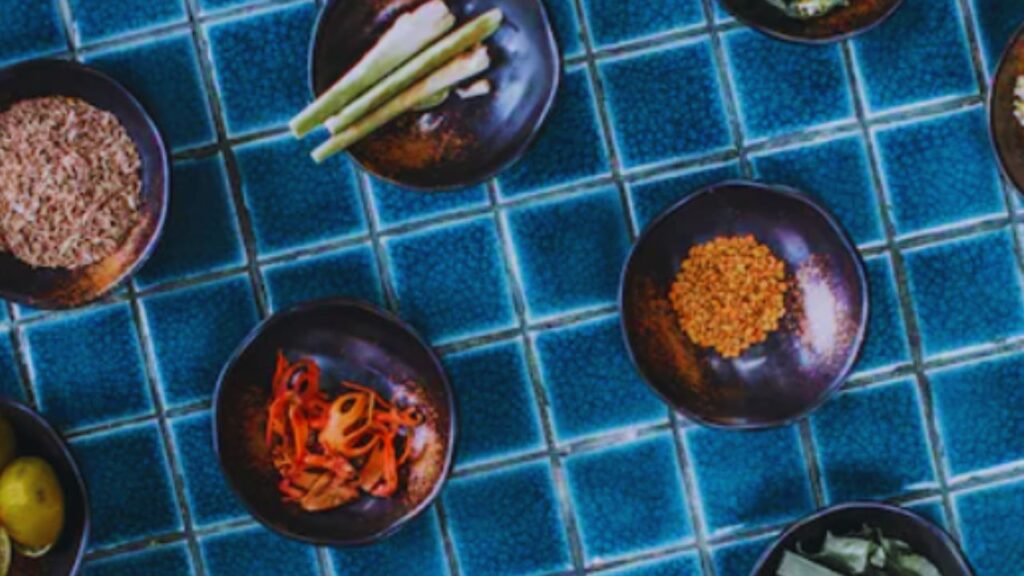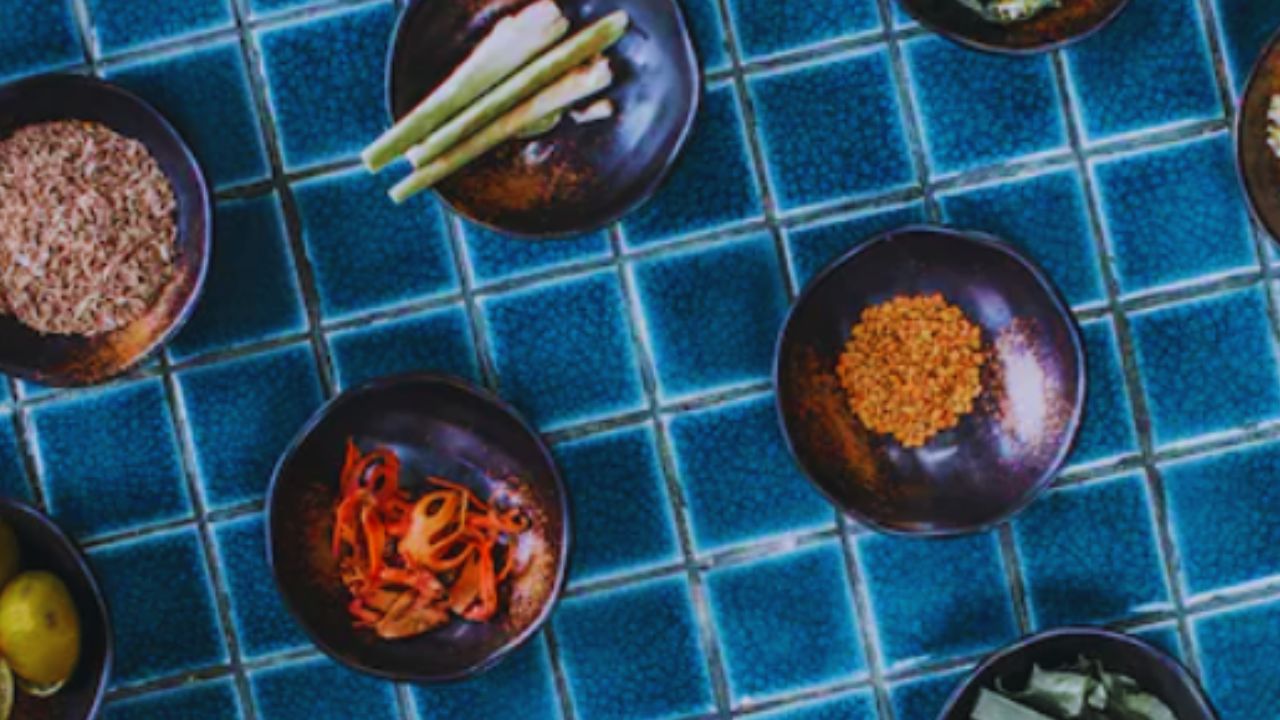When it comes to cleaning tiles, we often rush to the supermarket for chemical-laden floor cleaners promising a sparkling finish. But did you know that your kitchen already holds powerful, natural alternatives that are not only cost-effective but also safer for your family and the environment? From greasy kitchen backsplashes to grimy bathroom floors, these common ingredients can clean tiles just as effectively—if not better—than commercial cleaners.
Here’s a list of 7 kitchen ingredients that will leave your tiles looking fresh, shiny, and chemical-free.
1. Baking Soda – The Grime Fighter
Baking soda is a powerhouse cleaning agent thanks to its gentle abrasiveness and deodorizing properties. It works wonders on tile stains, mildew, and grout.
How to Use:
Make a paste using baking soda and water. Apply it to dirty tile surfaces or grout, let it sit for 10–15 minutes, then scrub with a brush or sponge. Rinse off with warm water.
Best For: Bathroom tiles, kitchen countertops, and grout lines.
2. White Vinegar – The Natural Disinfectant
White vinegar is acidic in nature, which makes it ideal for breaking down mineral deposits, soap scum, and greasy film from tiles.
How to Use:
Mix equal parts of white vinegar and warm water in a spray bottle. Spray directly on the tiles and wipe with a clean cloth or mop. Avoid using vinegar on natural stone tiles like marble or granite.
Best For: Ceramic, porcelain, and vinyl tiles.
3. Lemon Juice – For Shine and Freshness
Lemon juice not only cuts through grease but also leaves your surfaces smelling fresh. Its acidic nature also helps remove stains and limescale.
How to Use:
Squeeze fresh lemon juice onto stained tile areas or mix it with baking soda to form a potent scrub. Let it sit for a few minutes before wiping clean.
Best For: Kitchen tiles and sink backsplashes.
4. Salt – The Natural Abrasive
Salt acts as a natural scouring agent and can help scrub away mold, grime, and sticky residues from tile surfaces.
How to Use:
Sprinkle salt over wet tile surfaces and scrub with a sponge or cloth. For enhanced power, combine it with lemon juice or vinegar.
Best For: Mosaic tiles, textured surfaces, and outdoor patio tiles.
5. Dish Soap – The Grease Cutter
A mild dishwashing liquid works effectively to lift grease and dirt from tiles without damaging the surface.
How to Use:
Mix a few drops of dish soap with warm water in a bucket. Use this solution with a mop or cloth for everyday tile cleaning.

Best For: Kitchen floors, walls near cooking areas, and high-traffic zones.
6. Cornstarch – For Polishing and Absorbing Oils
Cornstarch is excellent for absorbing grease and polishing tiles to a natural shine, especially useful in kitchens where oil buildup is common.
How to Use:
Make a paste of cornstarch and water or sprinkle it dry on greasy spots. Let it sit for 5–10 minutes, then scrub and rinse thoroughly.
Best For: Glossy tile surfaces, microwave backsplashes, and countertops.
7. Hydrogen Peroxide – A Gentle Tile Whitener
Though not typically stored in the kitchen, hydrogen peroxide is often used in home first-aid kits. When mixed with baking soda, it forms a grout-cleaning powerhouse.
How to Use:
Combine hydrogen peroxide with baking soda to make a thick paste. Apply on tile grout or tough stains and let it sit before scrubbing and rinsing off.
Best For: Grout lines, stubborn stains, and mold-prone areas.
Why Choose Natural Tile Cleaners?
- Non-toxic & safe: Especially beneficial in homes with kids or pets.
- Eco-friendly: Reduces chemical waste and water pollution.
- Budget-friendly: No need to spend on expensive cleaners.
- Multi-purpose: These ingredients can be used for other cleaning jobs too.
Your kitchen isn’t just for cooking—it holds the secret to spotless tiles. Whether you’re trying to restore the shine to a dull bathroom floor or eliminate grease from your kitchen walls, these natural ingredients can do the trick. So next time you’re tempted to buy that bottle of tile cleaner, check your pantry first. Nature’s got you covered.
